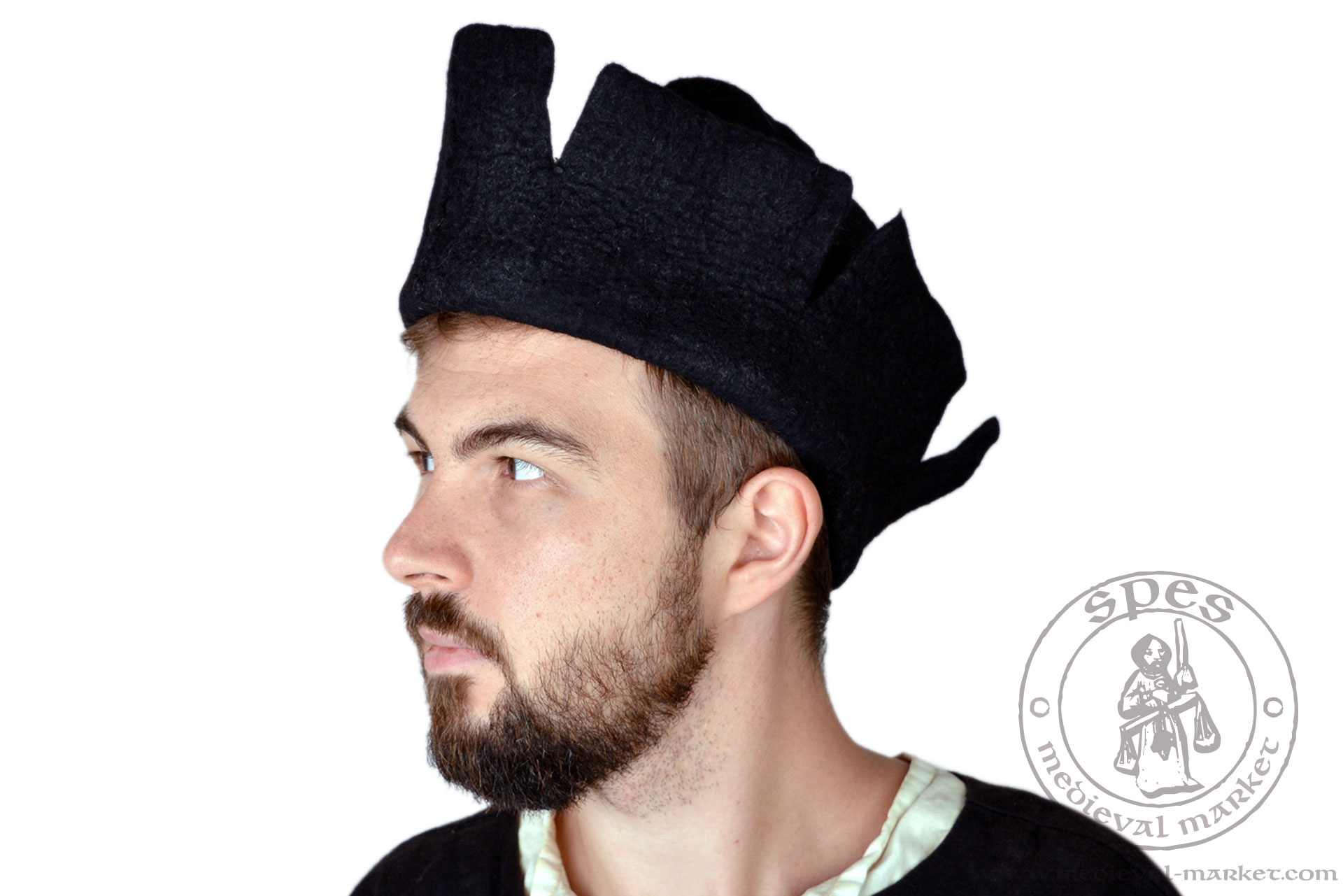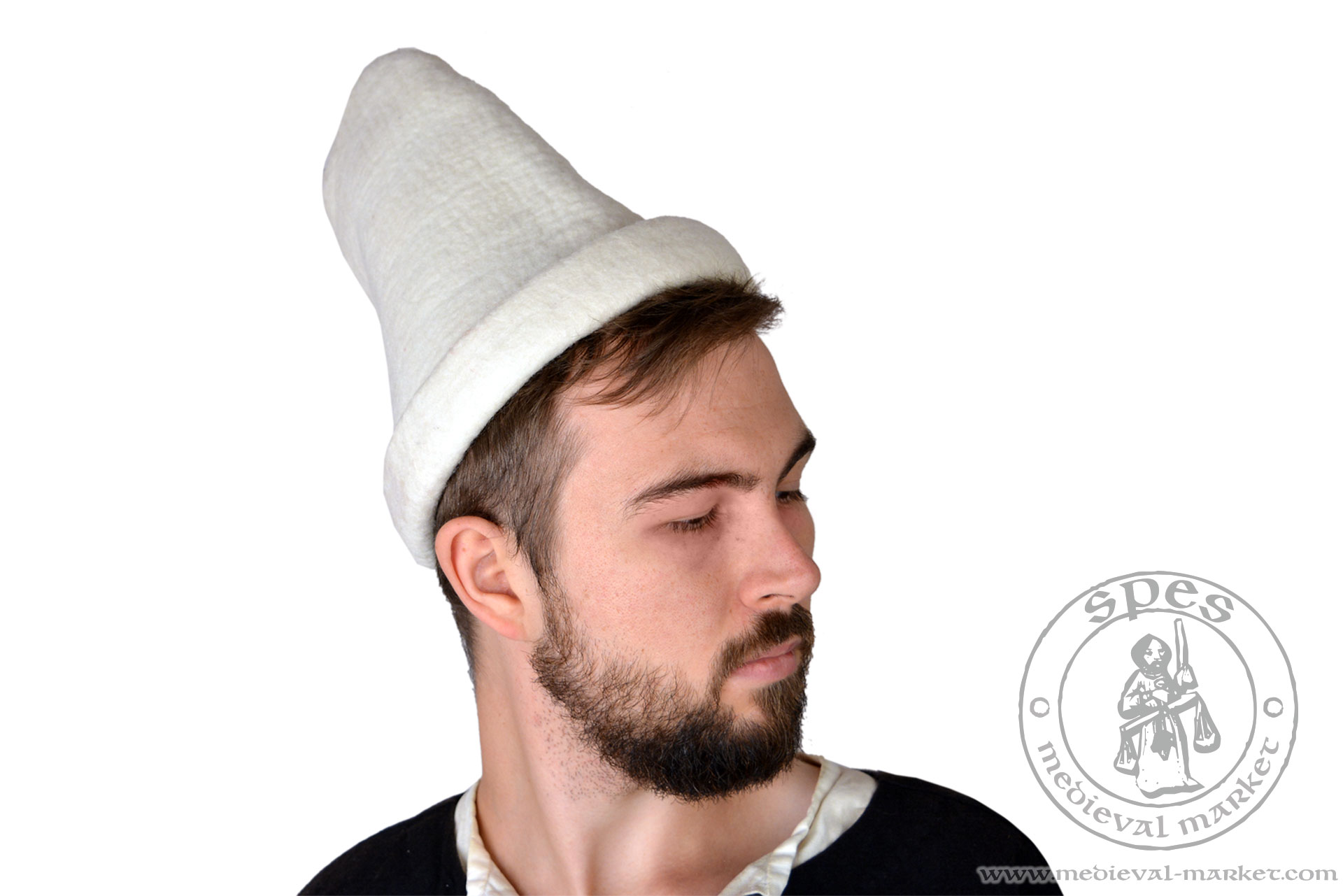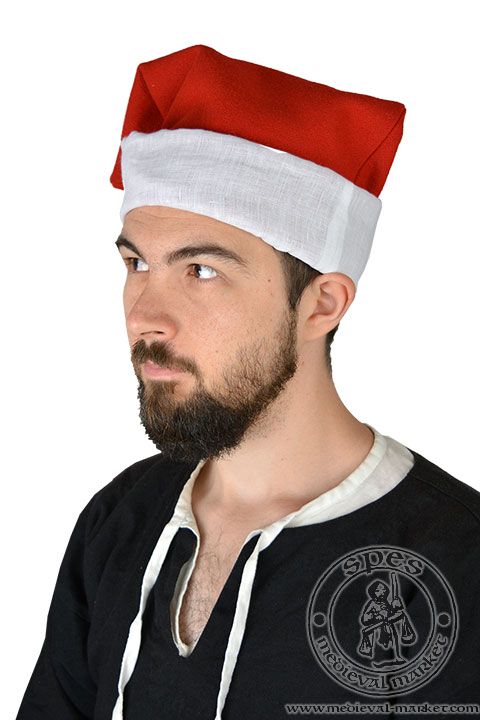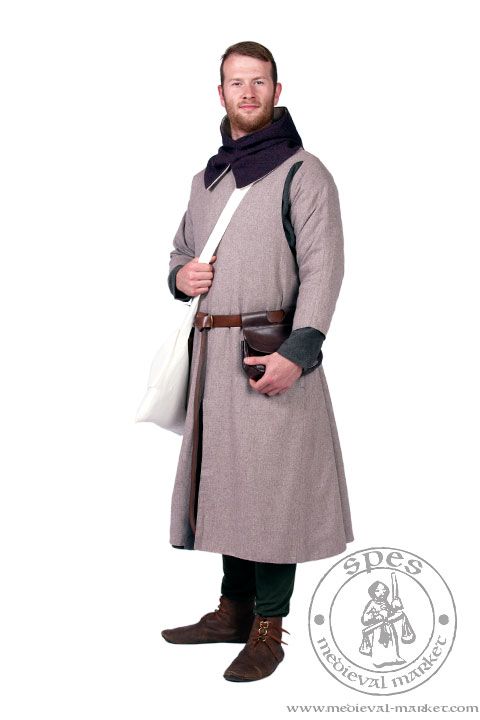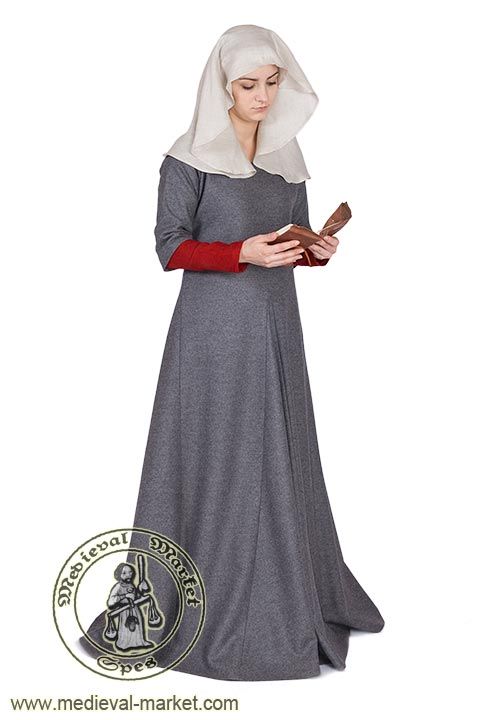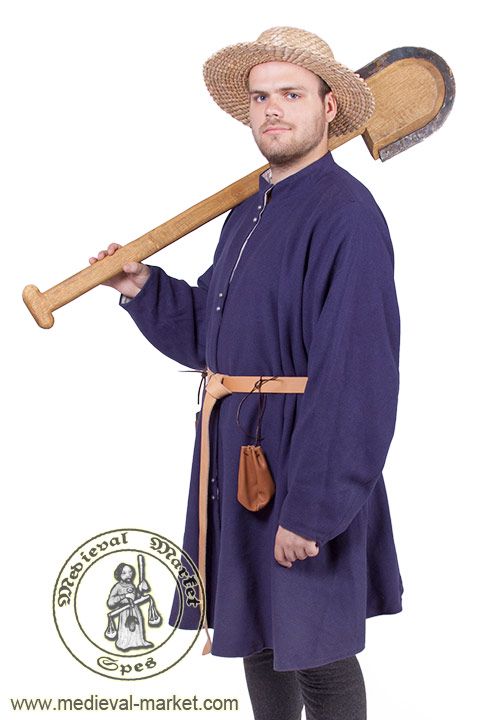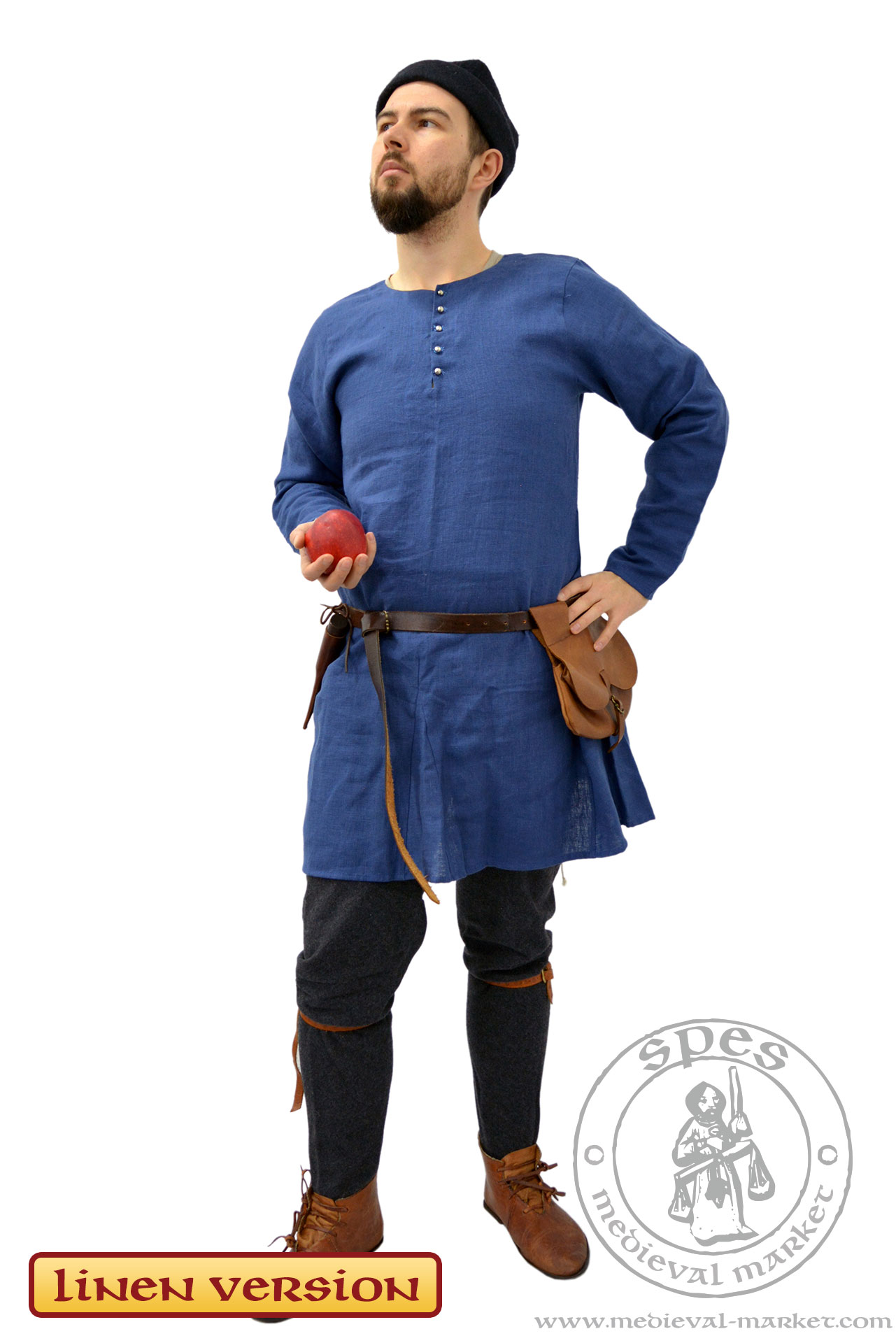If you wish to adjust your cookie preferences for this website, you can do so using your browser settings.



Category: > medieval headwear
Medieval felt hat Sparrow
Medieval felt hat Sparrow
Century: XIV, XV| CODE | Material |
Standard
|
Price | |
| GFR0694 | Felt | Hand-made | 45.00 EUR |
|
Lowest price in the last 30 days
See how to place an order for several people
Medieval felt hat Sparrow thanks to its universal shape will be a perfect choice for both men and women taking part in a reenactment event. This medieval hat is fully hand-made with the use of wet felting method and hardened with gelatin. In manufacturing this type of medieval headwear, we use natural sheep fleece.
The shape of our felt hat resembles a sitting sparrow – that is where the name comes from. It has slightly upraised sides and short, flat peak. It will fit almost every type of medieval clothing, for example a robe or a woolen tunic. And for women, e.g. to outer dress or traveler coat.
There is a wide range of colors in Sparrow felt hat. You can find the available colors here.
Please write the chosen colour CODE into the comment section.

If you want your order to be realized FASTER, please provide us your head girth (B1) during placing it. This will speed up production, so your hat will come to you sooner!
NOTE – as felt hats are handmade with the use of many types of fleece, colors on pictures can be slightly different than colours of the ordered hat.
Sources for Sparrow felt hat
There are numerous historical sources for this medieval felt hat. Male version of this medieval hat can be found in Harvey collection by Christine de Pizan. One illustration presents Kefalos in a hat similar to this one. The work is kept in British Museum, London.A woman in this type hat is presented in so called Golf Book from Bruges. On December page, the woman wears a blue hat of this shape.
Felting & fulling - how to make a felt hat?
Fulling is a process of joining natural animal (wool of sheep, animal hair) or plant fibers. This method can give dozens of adornments, accessories, or parts of clothing, characteristic for both former and modern fashion.While making the felt, joined fibers are strengthened by hot water or chemicals, by pressing or rubbing. One can do it manually or with the use of a machine. The process is called fulling or felting.
Among others, there are two methods of felting used in making felt hats:
- full wet method – with the use of water and joining material, like soap
- dry method – with dedicated needle or tracer (cutting wheel), layers of fibers are joined and pressed
In past, a person making felt products was called a fuller.
What is felt used in medieval hats?
Woolen felt is one of the oldest human made textile materials. First marks of felt are dated on 6500 BC and come from area of modern Turkey, where Neolithic wall painting were found. A collection of felt products found in Altai are dated 7th-6th century BC.Felt was used for centuries in making headwear like caps, hats or berets, but also in making footwear. It is an all-purpose material, used not only in clothing. It is used in insulating and soundproofing materials, and as a veneer for keys in keyboards and pianos.
There are legends on the creation of felt fibre. One of them says that it reaches the time of Noah’s Ark where sheep lost their wool on wet floor. It was trampled and later found by surprised Noah in a form of a carpet!
Another story says about Mondolian horse riders who put sheep fur under their saddles. It was rubbed during a journey and later found in a hardened form.
The most interesting story is connected with the patron of fullers – St. Clement. A pope during his pilgrimage in the 1st century scraped his legs. To relieve his feet, he put wool pieces into his sandals. Rubbing and sweat formed it into felt.





 Female Clothing
Female Clothing Male clothing
Male clothing Accessories
Accessories Furniture
Furniture Tents
Tents Armament
Armament HMB Line
HMB Line Miscellaneous
Miscellaneous Rent
Rent In stock
In stock Special Offers
Special Offers Search
Search Your Account
Your Account About us
About us Sizing
Sizing How to buy
How to buy Blog
Blog Links
Links Events
Events




